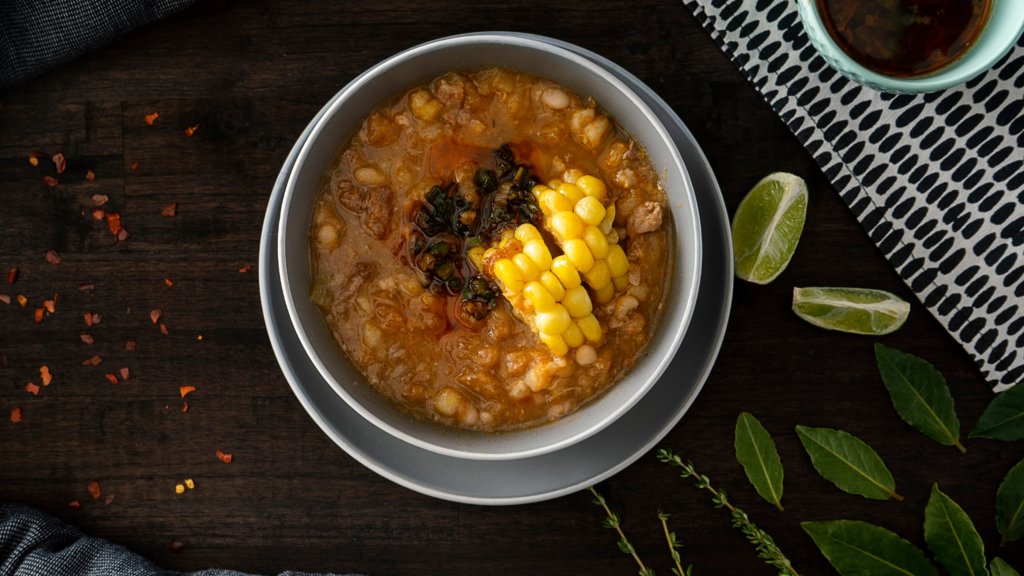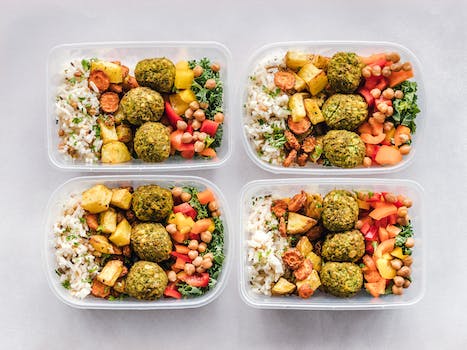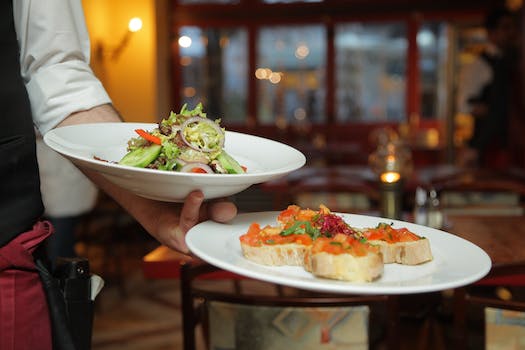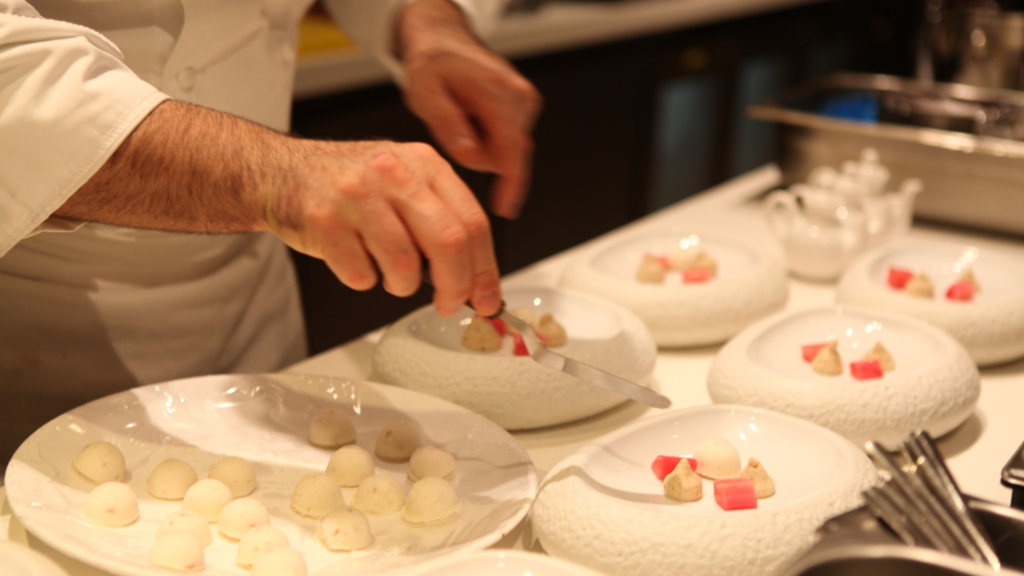-
Table of Contents
Locro is a traditional South American dish that has been enjoyed for centuries. It is a hearty stew made with corn, squash, and potatoes, and is often served with a variety of meats and vegetables. It is a popular dish in Argentina, Bolivia, and Peru, and is often served during special occasions. Locro is a comforting and flavorful dish that is sure to please any crowd.
Exploring the History and Origins of Locro: A Traditional South American Stew
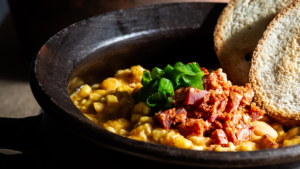 Locro is a traditional South American stew that has been around for centuries. It is a hearty and comforting dish that is enjoyed by many people in the region. The origins of locro are not entirely clear, but it is believed to have originated in the Andean region of South America. It is thought to have been created by the Inca people, who were the first inhabitants of the region.
Locro is a traditional South American stew that has been around for centuries. It is a hearty and comforting dish that is enjoyed by many people in the region. The origins of locro are not entirely clear, but it is believed to have originated in the Andean region of South America. It is thought to have been created by the Inca people, who were the first inhabitants of the region.
The main ingredients of locro are potatoes, corn, squash, and beans. These ingredients are cooked together in a pot with spices and herbs to create a thick and flavorful stew. The ingredients vary depending on the region, but the most common ingredients are potatoes, corn, squash, and beans.
The traditional way to serve locro is with a side of white rice. This is a popular accompaniment to the stew, as it helps to balance out the flavors and textures. Locro is also often served with a side of avocado, which adds a creamy texture and a hint of sweetness.
Locro is a popular dish in many South American countries, including Argentina, Bolivia, Chile, Ecuador, Peru, and Uruguay. It is often served at family gatherings and special occasions, and it is a favorite among locals. Locro is also a popular street food in many cities, and it is often served with a side of empanadas or other fried snacks.
Locro is a delicious and comforting dish that has been enjoyed by generations of South Americans. It is a great way to enjoy the flavors of the region and to experience a bit of its history.
How to Make Locro: A Step-by-Step Guide to Preparing this Delicious Dish
Making locro is a great way to enjoy a delicious and hearty meal. This traditional South American dish is made with potatoes, corn, and cheese, and is sure to be a hit with your family and friends. Here’s a step-by-step guide to making locro.
Step 1: Gather Your Ingredients
To make locro, you’ll need potatoes, corn, onion, garlic, cheese, vegetable oil, and salt. You can also add other ingredients like bacon, chorizo, or peppers if you like.
Step 2: Prepare the Potatoes
Peel and dice the potatoes into small cubes. Place them in a pot of boiling water and cook until they are tender. Once cooked, drain the potatoes and set aside.
Step 3: Cook the Corn
In a separate pot, bring some water to a boil. Add the corn and cook for about 10 minutes. Once cooked, drain the corn and set aside.
Step 4: Sauté the Onion and Garlic
In a large skillet, heat some vegetable oil over medium heat. Add the diced onion and garlic and sauté until they are soft and fragrant.
Step 5: Combine the Ingredients
Add the cooked potatoes, corn, and sautéed onion and garlic to the skillet. Stir everything together and season with salt to taste.
Step 6: Add the Cheese
Sprinkle the cheese over the top of the locro and stir to combine.
Step 7: Serve
Serve the locro hot with your favorite sides. Enjoy!
The Health Benefits of Eating Locro: A Nutritional Analysis of this Traditional South American Stew
If you’re looking for a delicious and nutritious meal, look no further than locro, a traditional South American stew. This hearty dish is packed with a variety of nutritious ingredients that can provide a range of health benefits. Let’s take a closer look at the nutritional value of locro and explore the potential health benefits of eating this delicious stew.
Locro is typically made with a variety of vegetables, such as potatoes, corn, squash, and beans. These vegetables are rich in vitamins, minerals, and fiber, which can help to support a healthy digestive system. The potatoes and corn provide complex carbohydrates, which can help to provide sustained energy throughout the day. The beans are a great source of plant-based protein, which can help to support muscle growth and repair.
In addition to the vegetables, locro is often made with beef or pork, which can provide a good source of protein and essential vitamins and minerals. The beef or pork can also provide a good source of healthy fats, which can help to support heart health.
Finally, locro is often made with cheese, which can provide a good source of calcium and other essential nutrients. The cheese can also help to add a creamy texture and flavor to the stew.
Overall, locro is a nutritious and delicious stew that can provide a range of health benefits. The combination of vegetables, meat, and cheese can provide a good source of essential vitamins, minerals, and other nutrients. Eating locro can help to support a healthy digestive system, provide sustained energy, and support muscle growth and repair. It can also help to support heart health and provide a good source of calcium. So, if you’re looking for a nutritious and delicious meal, give locro a try!
Q&A
1. What is locro?
Locro is a traditional South American stew made with corn, squash, and beans. It is a popular dish in Argentina, Bolivia, and Ecuador.
2. What ingredients are used to make locro?
The main ingredients used to make locro are corn, squash, beans, onions, garlic, and achiote (annatto) seeds. Other ingredients such as potatoes, chorizo, and cheese may also be added.
3. How is locro served?
Locro is typically served with white rice and a side of avocado slices. It can also be served with empanadas, arepas, or other traditional South American dishes.Locro is a traditional dish that has been enjoyed in South America for centuries. It is a hearty and flavorful stew that is made with a variety of ingredients, including corn, squash, potatoes, and beef. Locro is a great way to enjoy a comforting and delicious meal that is full of flavor and nutrition. It is a great dish to make for a family gathering or a special occasion. Locro is a great way to bring a little bit of South American culture into your home.

